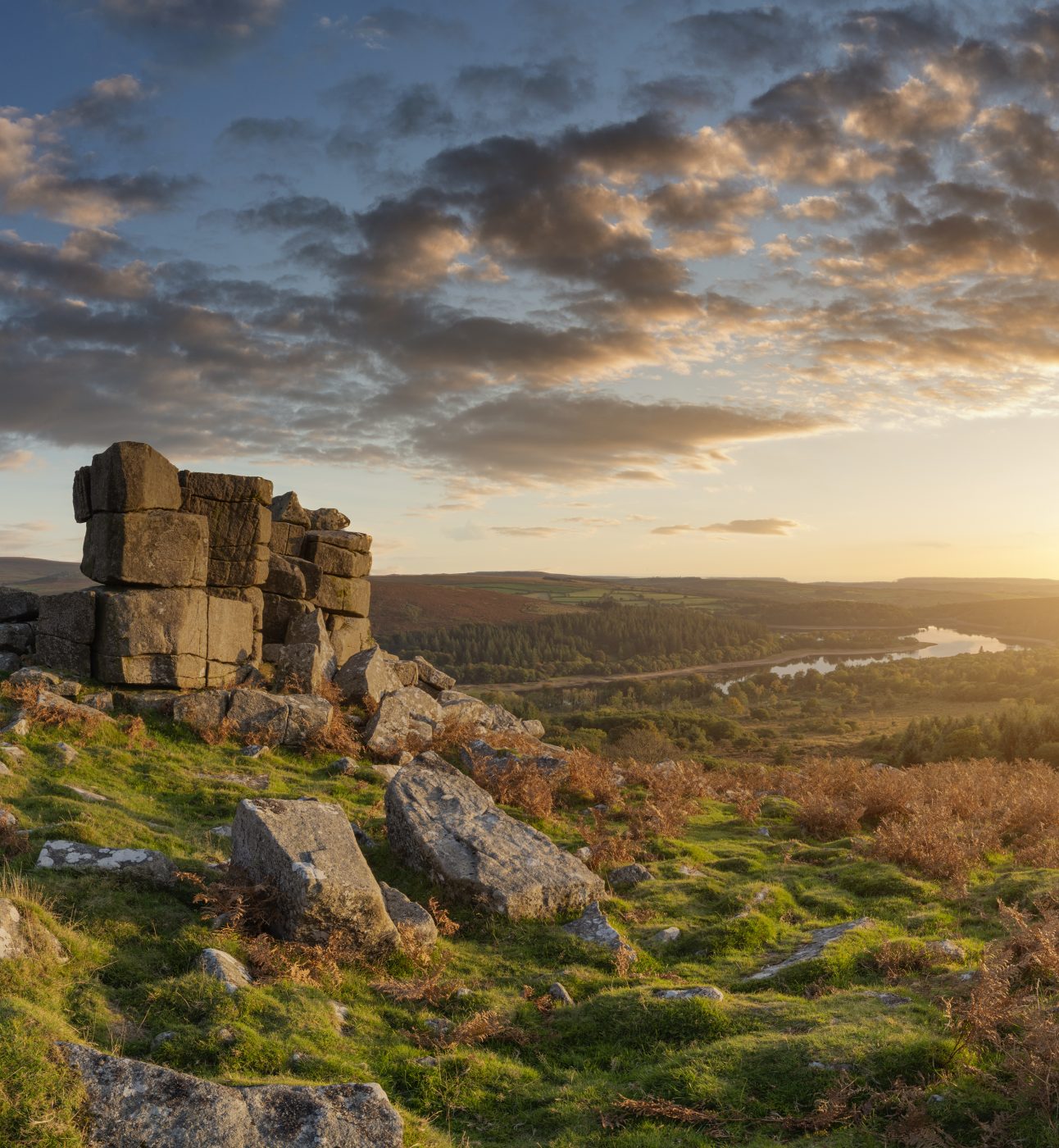
Donate
Our National Parks have been there for us at our time of need, now we must stand up for them. Donate today to make these landscapes wilder, climate resilient and welcoming to everyone.
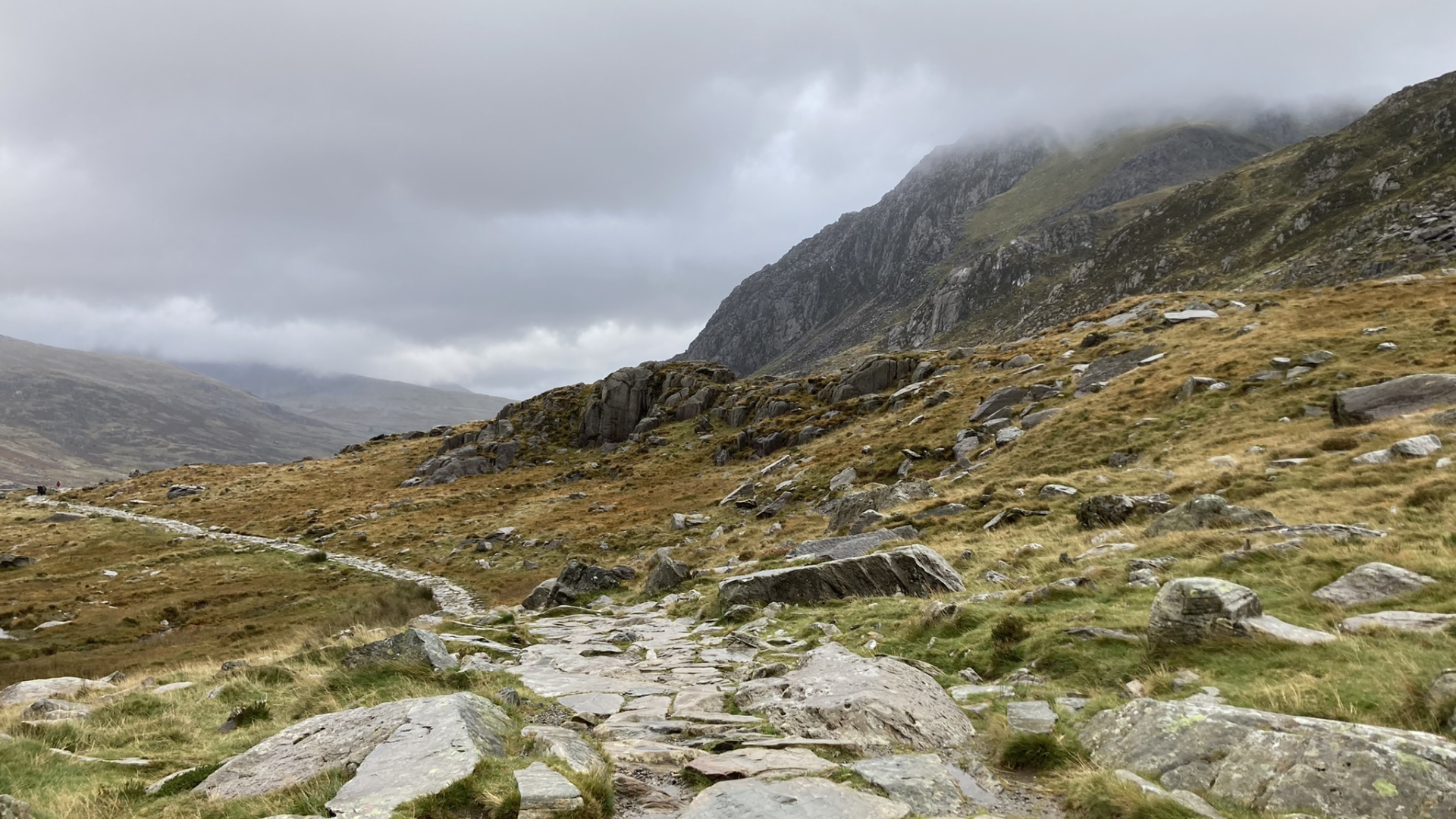
Published: 30 October 2024
When we think of National Parks, it’s likely that many of us remember walks over rolling dales or up on to craggy outcrops. Some of the most iconic places in our National Parks are their upland habitats, and it’s no surprise that many of England and Wales’ most precious hills and mountains lie within Protected Landscapes.
Though they may seem to be some of the wildest and unchanging parts of our National Parks, upland habitats have been altered hugely over their lifetimes. Nature in our uplands is severely depleted, yet they hold much of the potential for achieving a future of nature-rich National Parks for everyone.
Uplands is a broad term that refers to many habitats found across National Parks in England and Wales from heathland and moorland to rocky valleys and mountains.
Whether giants hurling colossal rocks during an argument or tectonic plates crashing into each other, histories of mountains and hills in England and Wales always promise to be dramatic.
The unique geology of an area defines how the earth’s natural processes shape it over millennia. Many of our landscapes are formed from sedimentary rocks such as sandstone, mudstone and limestone built up over many years at the bottom of what used to be ocean. In much of the Lake District National Park, such as in Skiddaw and Windemere, water played another role with glacial meltwater carving the landscape into the rolling valleys and craggy peaks we know today.
Volcanoes also feature in National Park’s geological history. Some of Eryri’s most iconic uplands are made from the igneous rocks volcanoes produce like Yr Wyddfa (Mt Snowdon), formed thanks to massive volcanic activity and Cwm Idwal, one of the country’s most impressive hanging glacial valleys.
As well as havens for ramblers and mountaineers, our National Park uplands are precious homes to flora and fauna often found nowhere else. Eryri’s most iconic flower the Lili’r Wyddfa (Lily Yr Wyddfa) grows only in uplands habitats. Exposed rocks and crags provide ideal nesting habitat for birds such as the ring ouzel and species of eagle, as well as being home to adept climbers like mountain goats.
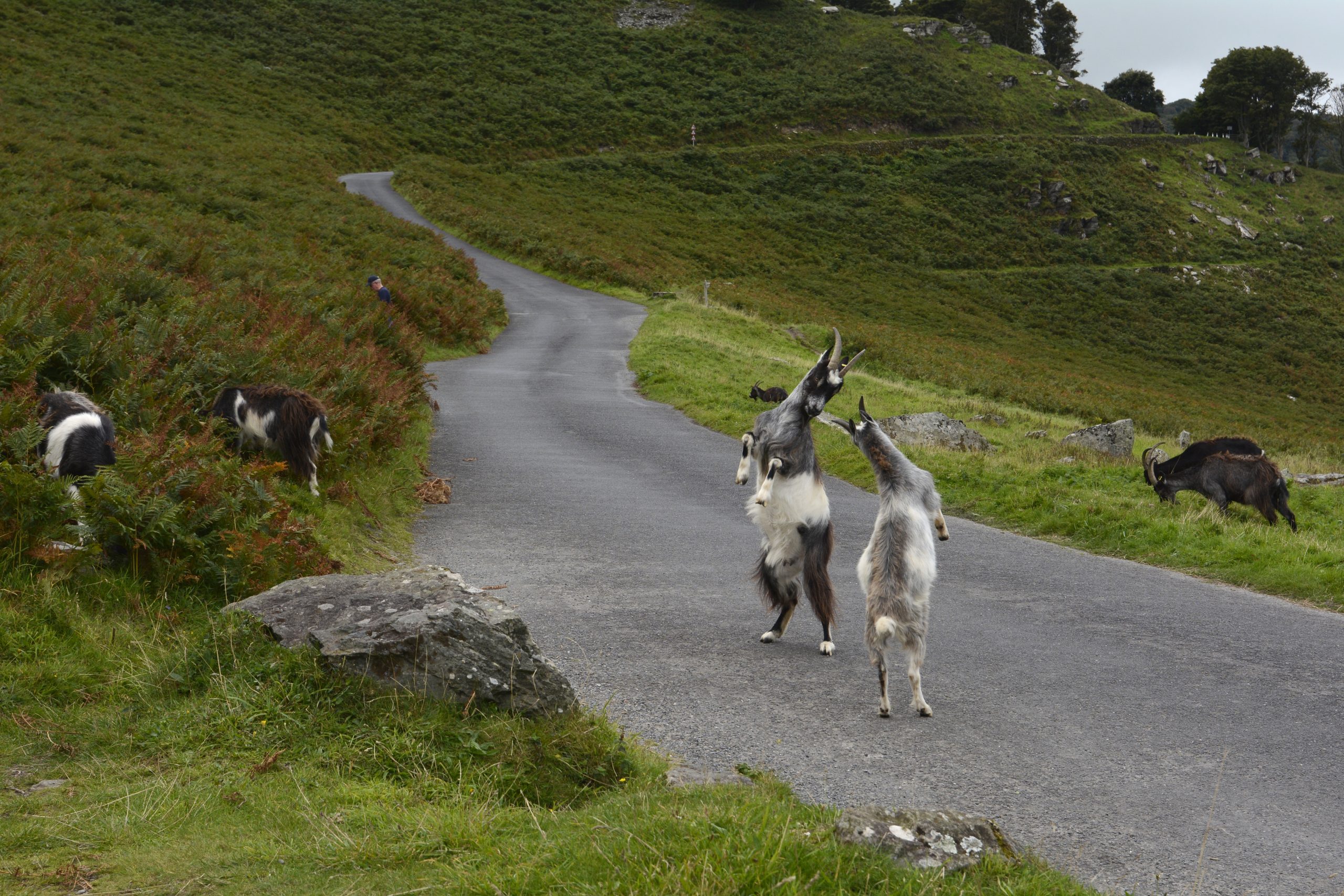
Valley of Rocks, Exmoor ©Harriet Gardiner
Uplands are also important for the planet. The peatlands of our National Parks are vital carbon stores, more effective at capturing carbon dioxide from the atmosphere than forests and woodland. Properly restored and managed, the fens, blanket bogs and raised bogs of our Protected Landscapes hold huge potential to support England and Wales’ climate resilience.
Fantastic work is underway across Protected Landscapes, from projects like National Park Protector award winners and runners up Moors for the Future and South West Peatland partnership restoring degraded peatland to farmers finding ways to manage their land that work for nature as well as people. However much more needs to be done to ensure all our National Park habitats thrive into the future.
On our iconic mountains, large amounts of footfall can often erode paths and cause landscape harm. Great work is being done by many groups such as Caru Eryri volunteers on Yr Wyddfa, but we can all help by choosing to visit equally stunning but less popular destinations for a more relaxed and landscape-friendly day out.

Our National Parks have been there for us at our time of need, now we must stand up for them. Donate today to make these landscapes wilder, climate resilient and welcoming to everyone.
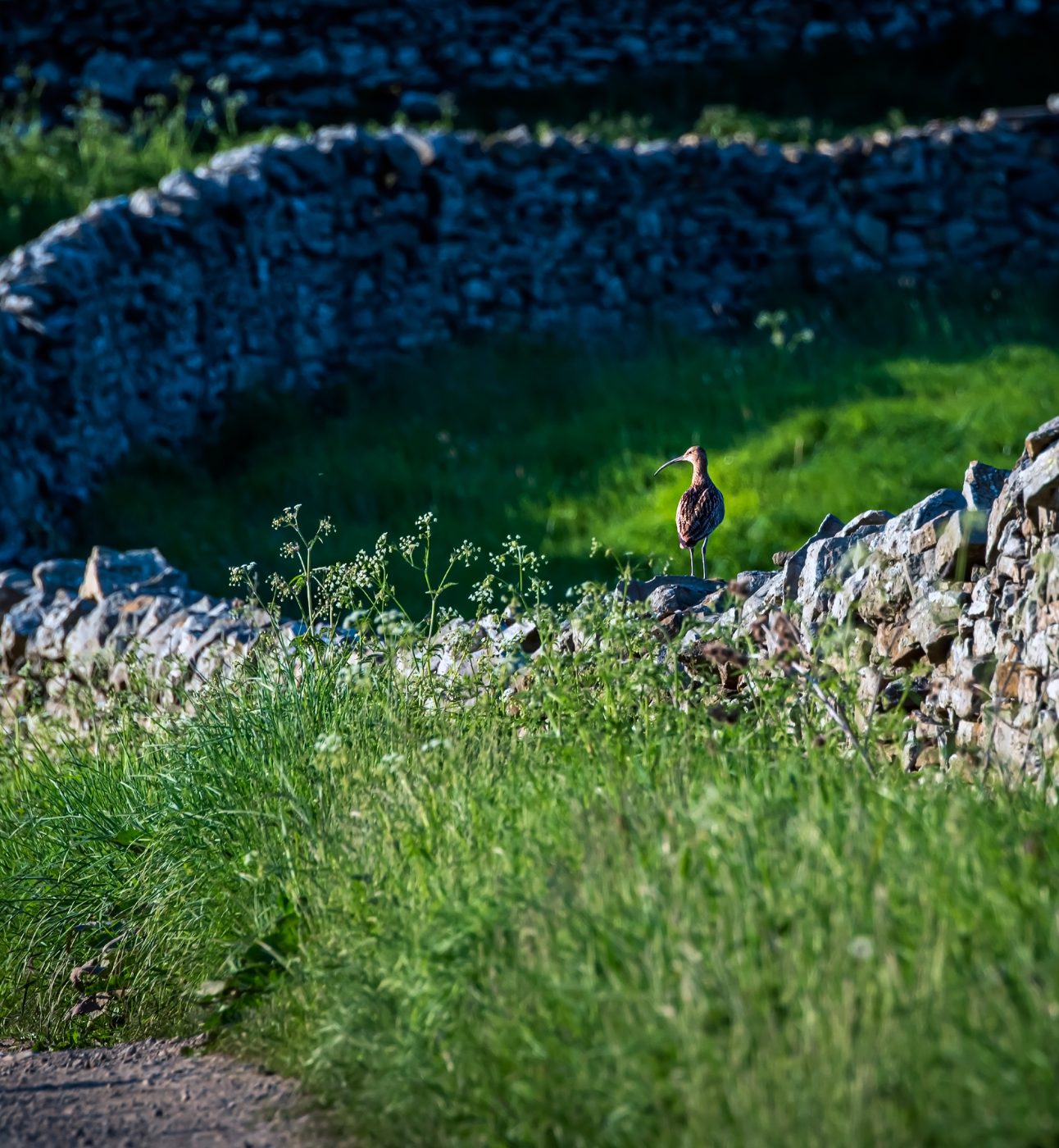
Our flagship Health Check Report sets out the first assessment of and recommendations for nature recovery in National Parks in England and Wales
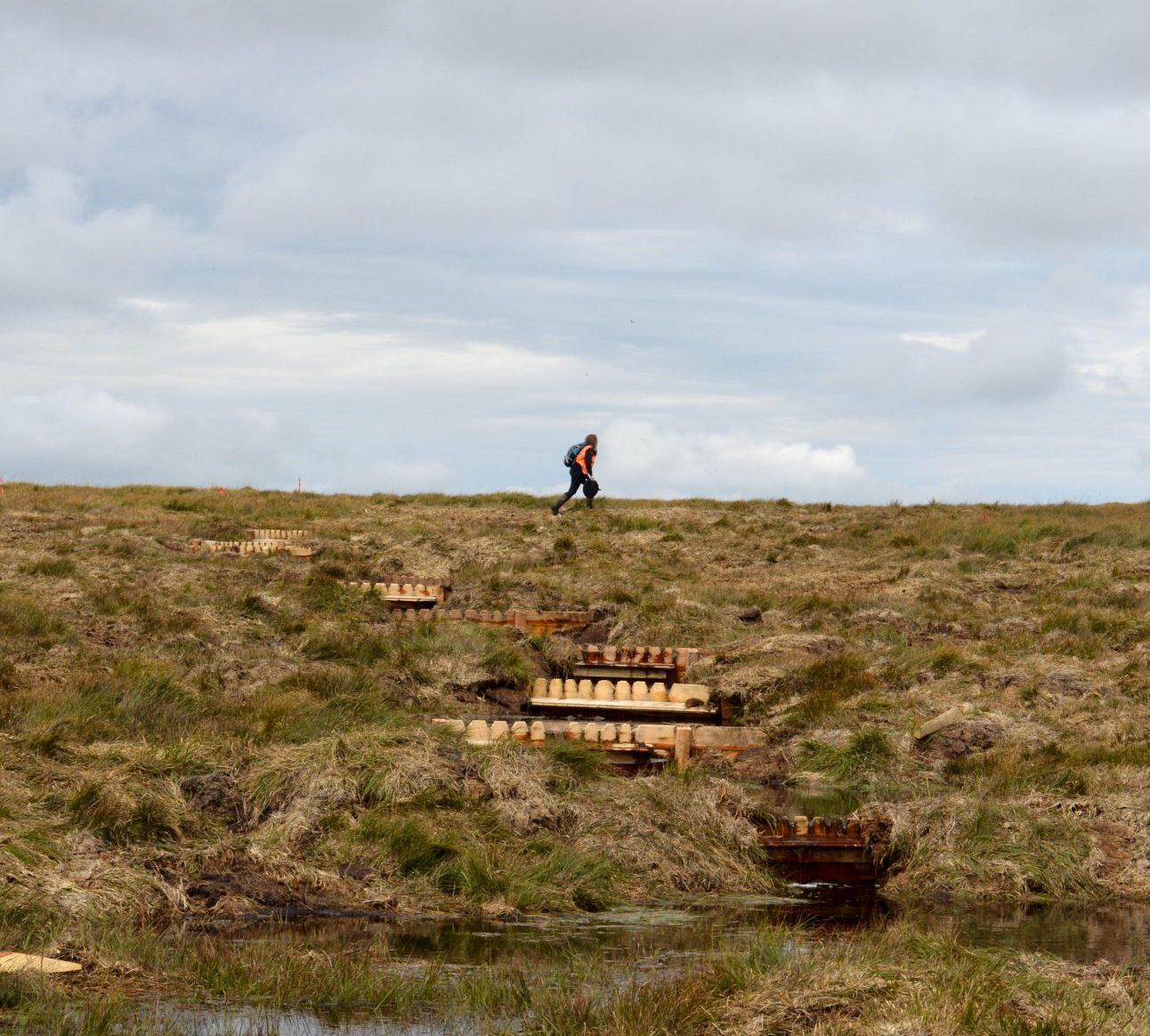
Peatland is both visually stunning and precious for nature and climate but also is one of the most complex and most threatened. Let's dig into the peatlands in National Parks.